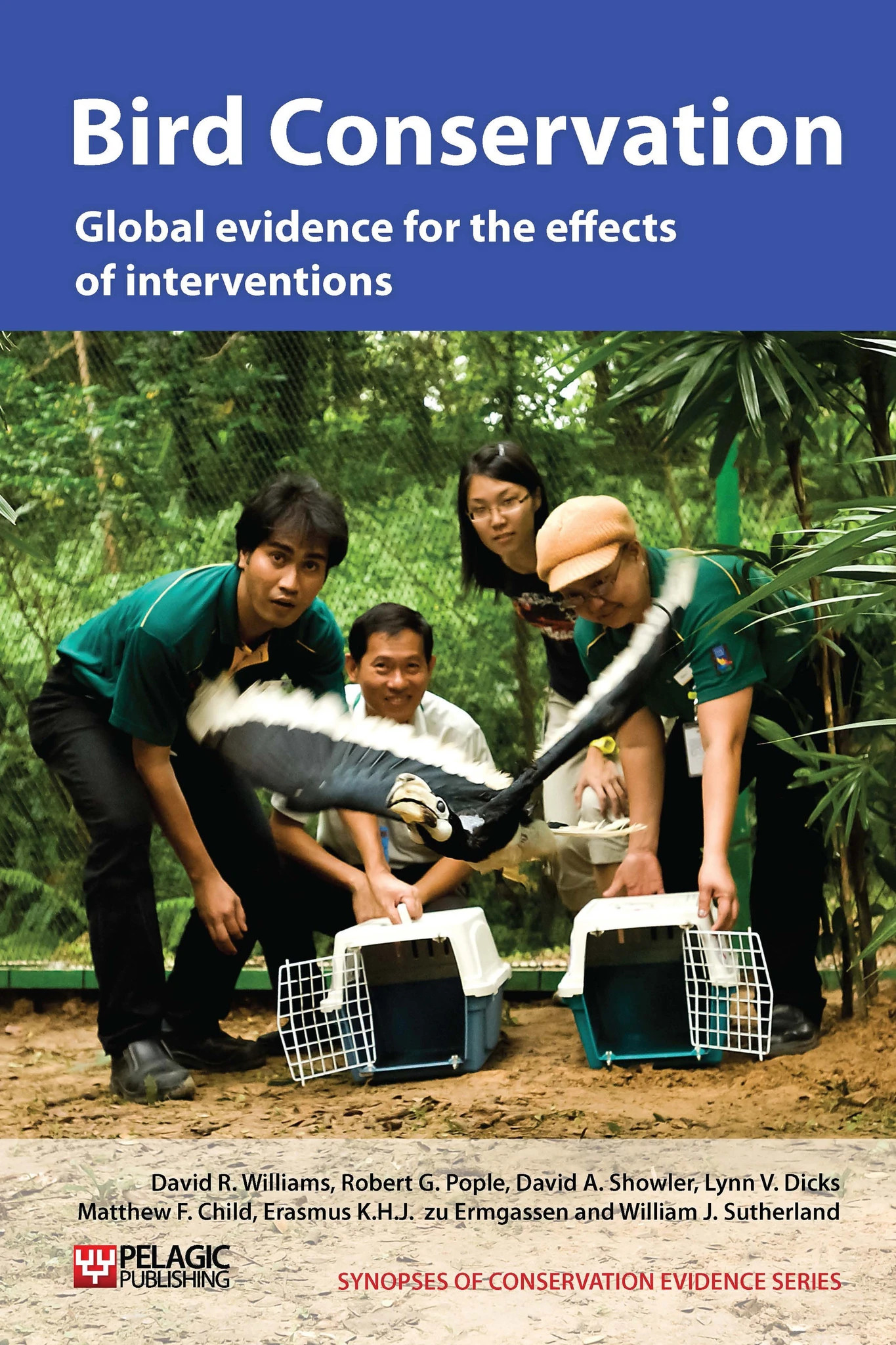Remove vegetation to create nesting areas
-
Overall effectiveness category Unknown effectiveness (limited evidence)
-
Number of studies: 6
View assessment score
Hide assessment score
How is the evidence assessed?
-
Effectiveness
45% -
Certainty
28% -
Harms
10%
Study locations
Supporting evidence from individual studies
A before-and-after study on an island in Lake Onatario, Canada (Morris et al. 1980), found that the fledging success of common terns Sterna hirundo was significantly higher when ring-billed gull Larus delawarensis nests were destroyed and vegetation manually removed from the site, compared to before management. This study is discussed in detail in ‘Control avian predators on islands’.
Study and other actions testedA controlled trial conducted over two seasons (1986-7) at two sooty tern Sterna fuscata breeding colonies in grasslands in the Culebra Archipelago of eastern Puerto Rico (Saliva & Burger 1989) found that terns did not nest in six experimental plots that had been entirely cleared of vegetation, but did nest in three plots in which partial removal of vegetation had resulted in 25%, 50% or 75% vegetation cover. In 1987, there were more nests in partially-cleared areas than in control (un-cleared) plots (58 nests in three regrowth plots vs. 40 in four controls).
Study and other actions testedTwo before-and-after studies in 1977-89 at two common tern Sterna hirundo colonies in Lake Ontario, Canada (Morris et al. 1992), found that the nesting population increased at one colony but decreased at the second following the use of several interventions, including the removal of vegetation from the nesting area. This study is discussed in ‘Replace nesting substrate following severe weather’.
Study and other actions testedA before-and-after study on two small islands in the Columbia River Estuary, Oregon, USA (Roby et al. 2002), found that an entire Caspian tern Sterna caspia colony (approximately 8,900 pairs) relocated from Rice Island to East Sand Island between 1999 and 2001, following the creation and maintenance of 1.5-3.0 ha suitable nesting habitat on East Sand Island in 1999-2001. A bulldozer was used to clear debris and vegetation, tractors smoothed the bare sand and plants were removed physically and through spraying with herbicide each year. In addition, various other interventions were used to encourage birds to move to East Sand Island (see ‘Use decoys to attract birds to new nesting areas’, ‘Use vocalisations to attract birds to new nesting areas’ and ‘Control avian predators on islands’) and habitat on Rice Island was modified to encourage birds to leave (see ‘Alter habitat to encourage birds to leave’). The impact on conflict reduction (the purpose of the translocation) is discussed in ‘Move fish-eating birds to reduce conflict with fishermen’.
Study and other actions testedA before-and-after study in 2002-3 in Lancashire, England (Wilson 2005), found that the number of waders nesting on limestone slag banks doubled in the summer after vegetation removed from 465 m2 of the banks, compared to the summer before vegetation removal (2002: three pairs of ringed plovers Charadrius hiaticula, four northern lapwing Vanellus vanellus, four oystercatcher Haematopus ostralegus; 2003: six, nine and seven pairs respectively). Previously, in 1999, 2,390 m2 of vegetation had also been removed. Vegetation was scrapped from the banks using the front bucket of a JCB in the winter, before any nesting birds arrived.
Study and other actions testedA before-and-after study at a former gravel pit in Kent, England (Akers & Allcorn 2006), found that one pair of common terns Sterna hirundo, five pairs of black-headed gulls Larus ridibundus and approximately 100 pairs of herring gulls L. argentatus nested on a series of gravel islands after vegetation was removed from them. This study is discussed in ‘Provide artificial nesting sites’.
Study and other actions tested
Where has this evidence come from?
List of journals searched by synopsis
All the journals searched for all synopses
This Action forms part of the Action Synopsis:
Bird Conservation
Bird Conservation - Published 2013
Bird Synopsis





)_2023.JPG)














